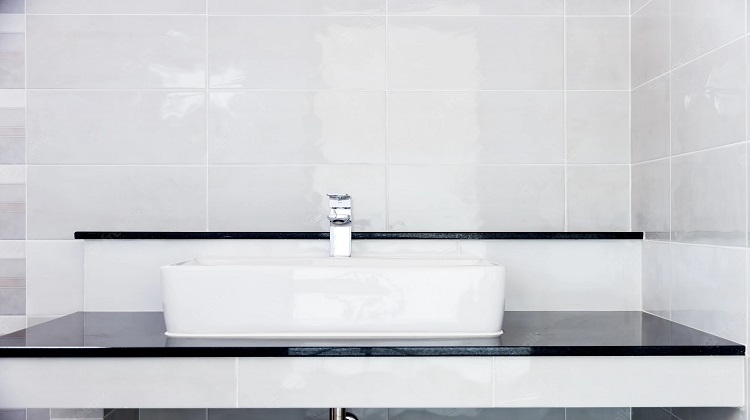The whole network of pipes, fixtures, and equipment needed for water delivery and drainage makes up the plumbing system. While the plumbing drainage system comprises wash basins, water closets, urinals, traps, soil waste pipes, vent pipes, septic tanks, etc., the plumbing water supply system is made up of pipes for water supply and distribution, taps, valves, storage tanks, etc. Sanitary wares faucet details are described below.
Different Water Pipe Types in Buildings
- PVC
Pipes The internal and external water supply systems in buildings employ PVC pipes.
- Copper Pipes
For superior grade homes and in areas where groundwater is extremely corrosive to steel pipes, heavy gauge and light gauge copper pipes are employed.
- Pipes made of galvanized iron
Due to their affordability, these pipes of the heavy, medium, and light grades are frequently employed in the construction of buildings for drainage and water supply.
- Lead pipes
These flexible pipes have a high level of corrosion resistance.
Buildings can have taps and stopcocks made of iron, brass, or chromium-plated metal.
Buildings with External Water Supply Systems
This method involves supplying water to overhead water tanks from the source, such as a bore well, well, or water treatment facility, and then from the above water tanks to the homes. Cast iron pipes or G.I. pipes are used for this.
Buildings’ Plumbing and Drainage Systems
In the construction of buildings, drainage water pipes come in 5 varieties:
- Soil Pipe
- A sewer pipe
- An air vent
- Rain pipe
- Siphon-prevention pipes
Pipes for waste and soil
1 ) These pipes link to the building’s common drainage system and remove sewage and gray water. They are often installed on the building’s façade.
The removal of waste from toilets, sinks, showers, and bathtubs is the primary function of soil pipe and waste pipe. These have vent pipes installed on the top to allow smells to escape.
Cast-iron waste and soil pipes were utilized historically, although uPVC pipes are now increasingly prevalent.
- 2. Vent Pipe Bad smells are released by vent pipes that are affixed to the top of the soil and waste pipes.
- Rainwater Pipes These pipes are used to remove or collect rainwater and are attached to the roof or open space above a structure. The rainwater pipes are either linked to the rainwater collecting network or tank for rainwater harvesting, or they are pulled to the ground level in case they need to be removed. PVC is often the material used to make them.
- Siphon-Prevention Pipes
These are attached to the toilet outlets, which are designed to maintain a water seal and stop sewer gas intrusion into bathrooms and toilets. These must match the corresponding standard criteria and are manufactured of PVC.
Utilized Sanitary Fittings in Buildings
The following are the sanitary fixtures for buildings that are often used:
- 1 Hand washing station
- Sinks (glazed or stainless-steel sinks)
- bathtubs
- Restrooms 5. Urinals
- Cisterns that are being flushed
Water Closet Types
Typical water closets include:
European or pedestal kinds 1. Indian type 2.
Anglo-Indian type, third
Urinal varieties
- Urinals with a lip or a bowl.
- Stall kind
Flushing Cistern Types
- 10 liters of low-level capacity,
- 10 liters of high-level capacity
- Urinals that flush automatically



